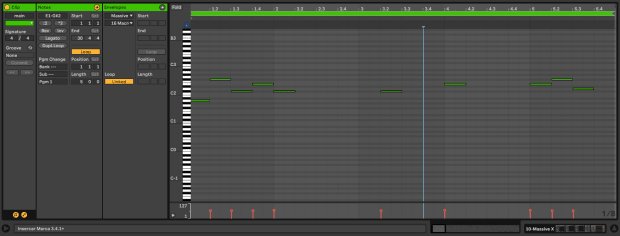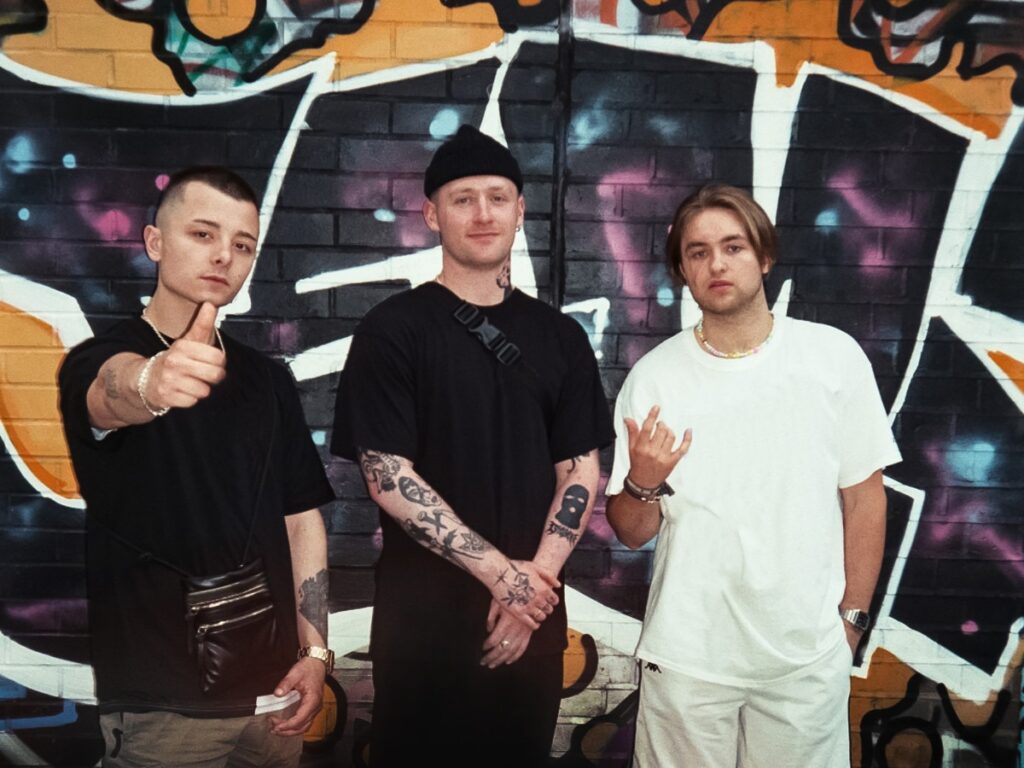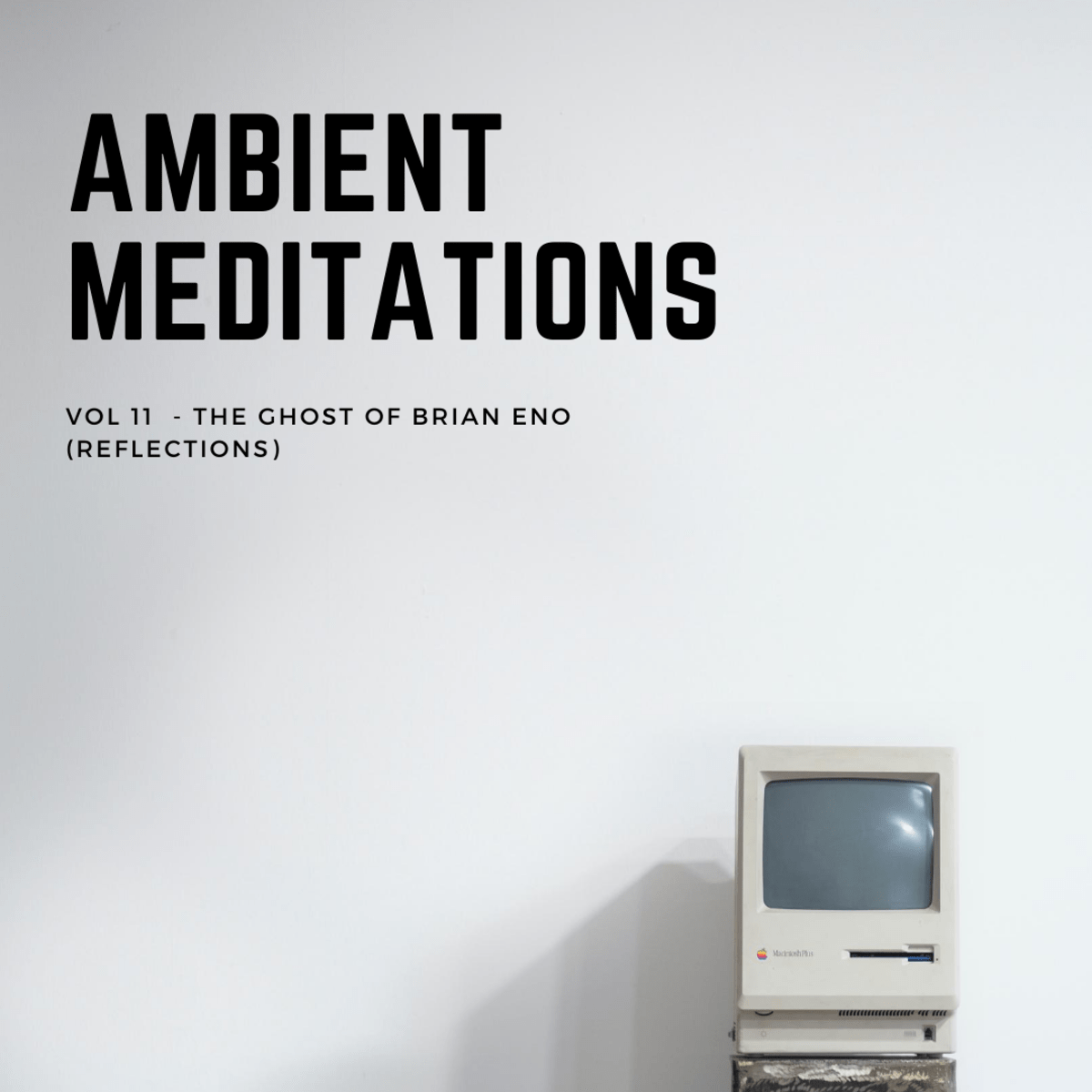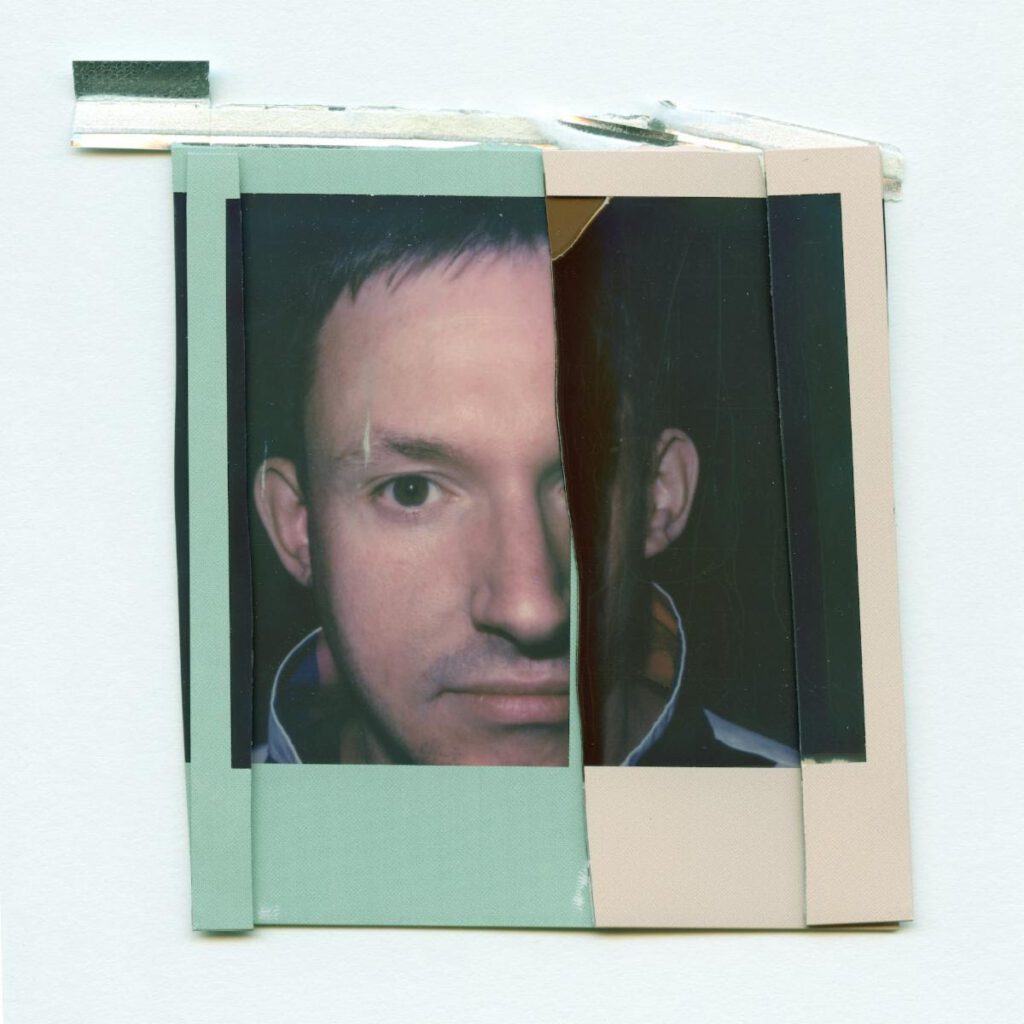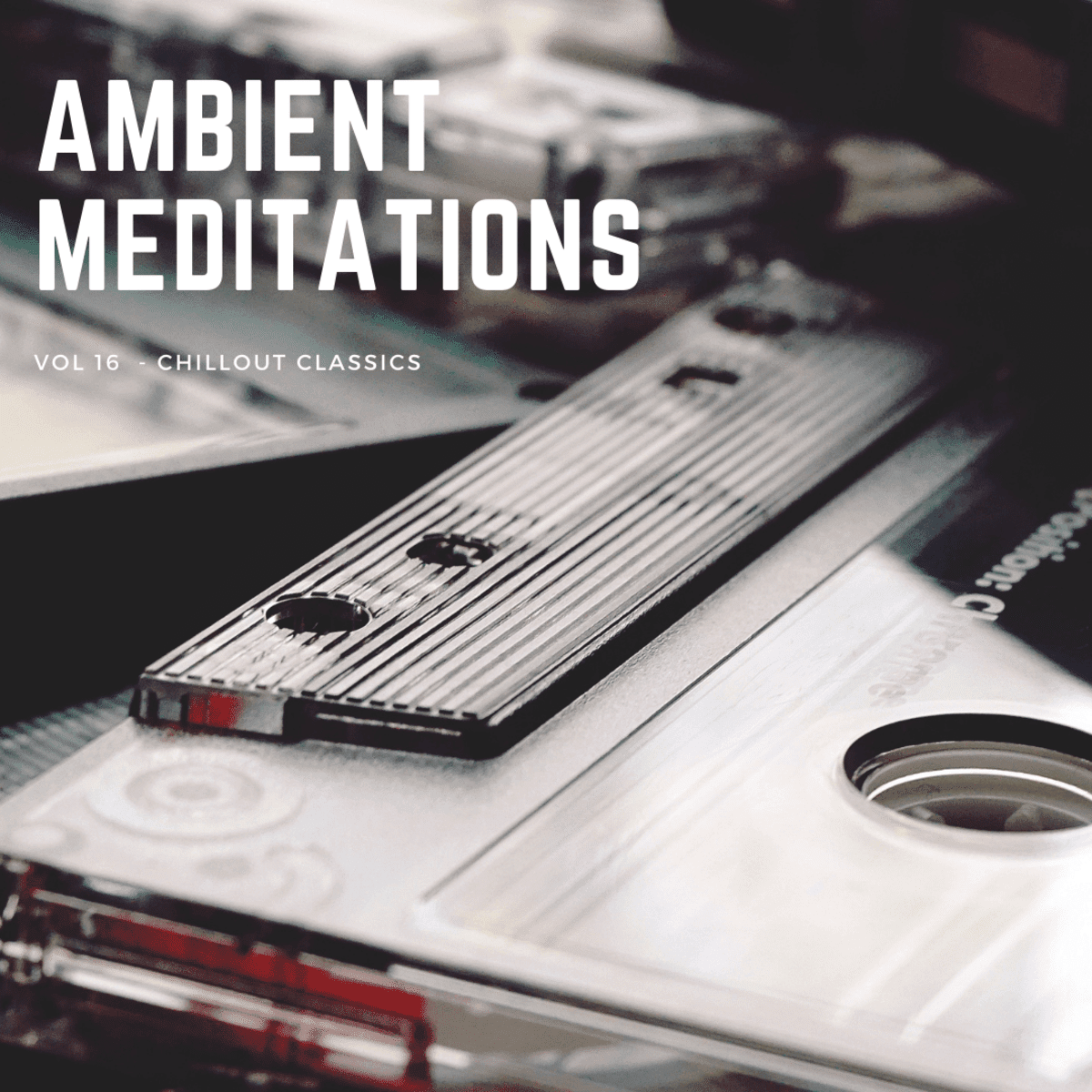Techno, and science are both intrinsic to the new Colombia. While many conjure up images of a violent past, ravaged by narco terrorism and corruption, a new dawn has emerged in the last couple decades breaking through the shadows of a turbulent past, into a progressive future. This transformation can be seen eminently in the Colombian Techno scene that has emerged in cities like Bogota and Medellin. Now, a group of researchers and musicians are taking the intersection between science and music to novel heights by harnessing the process of sonification to DNA sequences into musical expressions. While researchers have been able to do this for decades, this new technology is bringing the process to the average musician, creating an exciting dynamic between the meta of our physical existence, and the meta of our cultural one.
Juan Deraout is arguably one of Colombia’s better known techno artists. Having had releases on GND Records, Illegal Alien Records, and Sleaze Records, as well as being a founder of the afterhours club, MUTE, in Medellin, he has left his mark on the materializing Colombia Techno scene. Recently, he has partnered with UbiHPC, a Bucaramanga-based supercomputing company that created the GenM (Genetics Music) software, and Pablo V Productions, a music promotion company based in Denver, CO. In conjunction, they have released the first ever song derived from the THC gene of the cannabis plant’s DNA, titled Deraout Ft. GenM – The THC Code (Ambient Mix).
The GenM software takes the four building blocks of DNA, which all life is composed – Adenine, Cytosine, Thymine and Guanine (A,C,T,G) – and transforms it into unique sequences of MIDI (Musical Instrument Digital Interface) notes that can be used by any musician to imprint their art in any genre. These notes, while they don’t make sound on their own, can send signals to any MIDI compatible instrument, and produce from it the corresponding note on the traditional, Western chromatic scale.
Deraout took the genetic MIDI, generated from the cannabis DNA, and without changing the order of the notes created the melody and bassline in order to preserve its integral structure and authenticity.
Magnetic Magazine recently had a conference call with Leonardo and Nicolas Camargo, founders of UbiHPC, Pablo Vasquez of Pablo V Productions, and Juan Deraout to discuss Techno, genetic music, and the new Colombia.
Cannabis, Techno, and science are probably 3 of the most Medellin things I can think of. How did a Techno producer and a DNA analyzing software company start working together?
Pablo: So my cousin was working with the GenM guys as part of the group that made a rock song out of COVID-19 DNA. After I heard it, I talked with him and was like, "Hey dude, why not make electronic music with it?” So we met with Leonardo and Nicholas, and decided to do it. So then I reached out to Juan, and he thought it was a cool bridge between the techno, and scientific worlds. Now we have this amazing song.
How did the process from cannabis to song work?
UBiHPC: DNA can be expressed using a combination the letters A, G, C, and T, which represents a
basic amino amino acids, and basic nucleotides. Every species can be represented as a
combination of these letters. So, for example in humans, it's like 3.2 billion of these. After the artist selects what gene they want, we go into a database where you can find this letter representation – in this case the THC of the marijuana plants – and then we take some mathematical models, and some artificial intelligence that we wrote, and it creates the MIDI notes, which can be used by the artist in whatever way they want. Let's say you want the gene that expresses the color of your hair, we find the gene that gives you that color. We can then choose 120 different versions of the same gene, and produce different MIDI scales from it.

Notes generated from the THC gene of the cannabis plant.
GenM
What was your process for taking the THC gene, and turning it into music, Juan?
Deraout: At first, I started jamming around. I imported the MIDI notes into my DAW, and sent the signal to some of my synthesizers and checked out how it sounds, because of course I have no idea before what cannabis sounds like. Then I started to mute some of the notes until I found something that I like as a melody, which had quite deep, and organic vibes.
The whole thing isn’t from just the cannabis MIDI, right? Which parts are the cannabis that you’re hearing in the song?
Deraout: Pretty much anything you hear from the synthesizers is the cannabis sequence. I add some drums from the TR-909, and some distortion to make it a little more musical, but anything from the synthesizer.
So do you do this in a DAW, or only hardware, or a combination of both?
Deraout: A combination of both. I did the sequences in Ableton. But I use a Moog Model 32, which is a semi-modular synthesizer, Doepfer Dark Energy 2, and Native Instruments Massive, which I used for the lead.
There is a researcher at MIT named Marcus J Bueler, who works at the Massachusetts Institute of Technology, who recently turned the protein spikes of the coronavirus into a 2 hour long atonal piece of classical music. He said that this allowed them to detect if the virus was mutating by detecting changes in the composition. With your software, do you imagine there being a scientific application for it, or is it strictly creative?
UBiHPC: We actually talked with Marcus because he published his song two or three days before we launched our coronavirus one. But yeah, of course of course there is a scientific background of this. This was something that started in the 80s with some Japanese researchers where they thought if you could express DNA as music, maybe it would be a better way to understand it. They called this process sonification, and they wanted to use it to create noble proteins, or new proteins, that could be used particularly in material science to create new applications for materials and medicine. We envision this being possible, but in the future. It’s still pretty experimental. Right now, it’s the creative part that we are pursuing.
Since it’s still pretty experimental, how long do you predict until it becomes applicable in a meaningful way?
UBiHPC: Well, artificial intelligence has been around for a while, 40 or 50 years. However, only over the last 10 years have we had enough data for it to really express its potential. We hope that in less than 10 years we will have something useful. I think it could be a new revolution, a new way of understanding our own nature, which is DNA.
Juan, you’re in Medellin. A lot of people know Medellin for having a troubled past, but now it is widely considered one of the most scientifically progressive cities in the world. Resident Advisor also wrote a feature on how amazing of a Techno scene it has there. How have cultures like Techno, and more broadly, the arts, contributed to this radical transformation?
Deraout: I don't know if we helped to transform the city but we helped with the hosting of the transformation of the city, because of all these changes that have been happening in the city a lot of foreign investments. Of course the investors, and tourists want to experience things like salsa, but for Europeans things like hip-hop and electronic music is popular to them, so they want to see that too. So we provide a nice room, with a nice sound system. Also, within the last five years or so, we have been working more closely with the government to encourage kids to produce electronic music, or play electronic music, rather than participating in more violent activities.
So, for the Techno tourists, what should people be aware of?
Deraout: Well, bad things first – the police and the taxis. I mean taxis are something you have to be very careful with in the entire country, especially if you are drunk. Try to be together with large groups of people. But basically, don’t go out alone, and avoid taxis, and police officers. But let’s talk about the good things. However, keep in mind that everyone is really helpful to people, especially foreigners. They’re important to the city. During the day, definitely go check out the Favelas with the excellent graffiti, the escalators, and the cable cars. At night, go check out Salón Amador, and walk around Parque Lleras, and grab some drinks. Then late at night, head over to MUTE for afterhours.
Obviously we are in a pandemic at the moment. What benefits do you guys see coming out of this, scientifically and culturally?
UBiHPC: I think that this pandemic is teaching everyone that we need to evolve, and that certain things need to be improved, such as healthcare, and other government support. Hopefully, if this continues longer, our reliance on technology doesn’t replace human interaction.
Deraout: I don’t know if the world is going to change, because as mankind, we are, you know… but because of all of the time that people have to make new stuff, there is going to be a lot of art to come out.
Oh yeah? What artists from Colombia should we keep an eye on?
Deraout: Take a look at Deadwalkman, from Bogota. He makes jacking, effective techno. There is a guy, Jose Monsalve, from Medellin, who lives in Rio Negro, near the airport, that runs a label called Default Series. He is a very good producer. For house music, check out DJ Fronter – he’s from Cali. He’s one of the main ones here. If you like faster, noisier techno, Sons of Hidden is a live act who is very, very, very good. Very dynamic. I like them a lot.
If an artist wanted to make some genetic music, how would they go about working with GenM?
UBiHPC: Currently we are operating as a label, so it doesn’t cost any money. Instead, we sign a royalty agreement with them. The artist then chooses what DNA they want to work with, and we use our algorithm in order to generate the MIDI notes. We either have one of the GenM musicians help them work on the track, or if they want to do it on their own, they can do that too. It doesn’t matter what genre it is.



